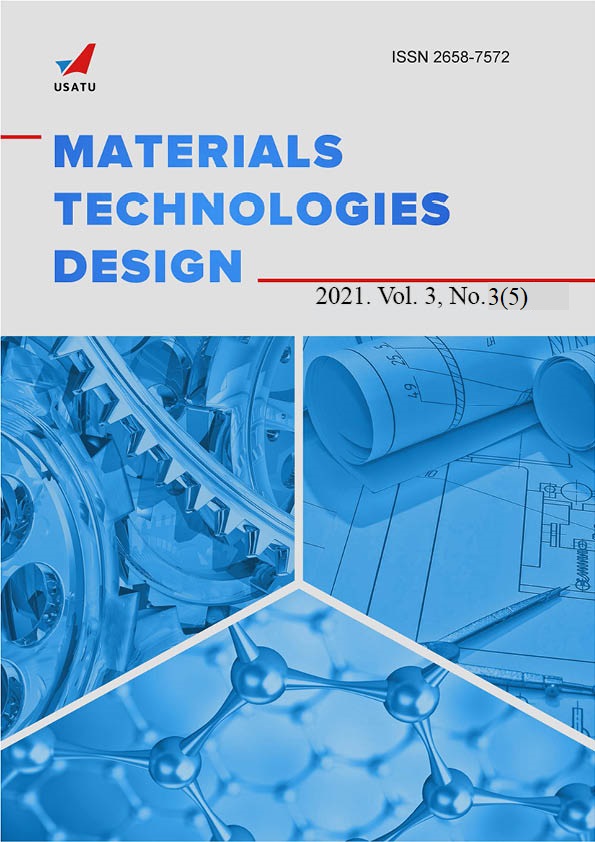Strength and fracture mechanism of nanomaterials and medical products
DOI:
https://doi.org/10.54708/26587572_2021_33542Keywords:
Medical devices; titanium; austenitic steel; magnesium alloy; structure; strength; fracture.Abstract
The strength and fracture mechanism of Grade 4 titanium, austenitic corrosion-resistant steel, and magnesium alloy Mg-Zn-Ca under tension, torsion, shock loading and fatigue were studied. The materials were investigated in the initial coarse-grained (CG) state and after equal-channel angular pressing (ECAP) in the ultrafine-grained (UFG) state. The studies carried out have shown that the strength properties of the materials under study in the UFG state for all types of static and fatigue tests are higher or comparable in comparison with materials in the CG state. The only material characteristic that has decreased during ECAP is toughness. Therefore, these UFG materials, along with CG materials, are promising for the manufacture of medical devices for various purposes, experiencing various static and cyclic loads during operation.Downloads
Published
2021-23-09
How to Cite
Клевцов, Г. В., Валиев, Р. З., Клевцова, Н. А., Александров, И. В., Матчин, А. А., Тюрьков, М. Н., & Фесенюк, М. В. (2021). Strength and fracture mechanism of nanomaterials and medical products. Materials. Technologies. Design., 3(3(5), 42–45. https://doi.org/10.54708/26587572_2021_33542
Issue
Section
Articles

